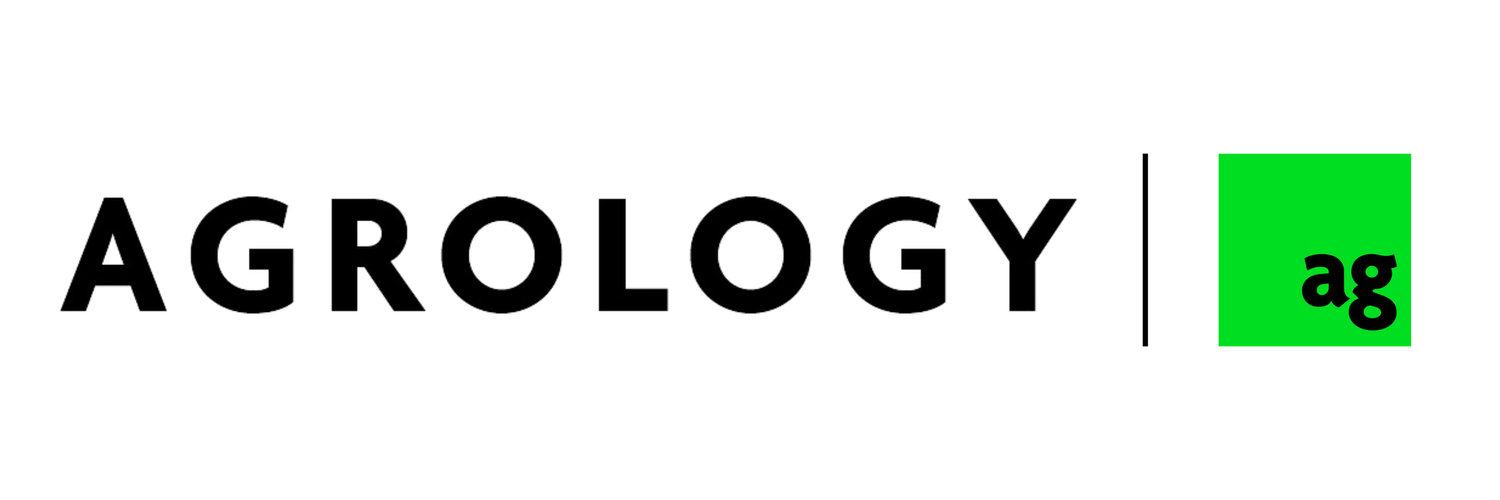Thoughts on 100 Years of Growth, Innovation, and Progress with the USDA
By Adam Koepel, Co-Founder & CEO, Agrology
This year commemorated the centennial anniversary of the USDA's Agricultural Outlook Forum, which reflected a century of agricultural growth, innovation, and progress in the United States. I attended this year’s forum, with Agrology board advisors, Devry Boughner Vorwerk and Mark Linder. We met with leaders and discussed the forthcoming evolution of agriculture. The focus was on paving the way for sustainable growth in international trade, while also combating climate change through innovative farming practices.
Throughout the event, the USDA emphasized the significance of learning from the past century to forge a path towards a resilient agricultural sector capable of addressing contemporary challenges. Consensus emerged on the necessity for bipartisan solutions, with a pronounced emphasis on prioritizing farmers. That entails a shift towards more precise on-farm measurement techniques that empower farmers over traditional estimates and models. Those we spoke with recognized the urgency for immediate action and collaboration.
Parallel discussions at two other recent events, the NASDA Winter Policy Conference and the EcoFarm Conference, highlighted the critical role of soil health and regenerative agriculture. All of our conversations underline the intertwined philosophies and practices essential for nurturing a sustainable agricultural ecosystem. Regenerative agriculture emerges as a unifying theme, advocating for practices that benefit both farmers and the environment, thereby fostering inclusivity and collective action.
During the USDA conference, Secretary Vilsack outlined the historical trajectory of U.S. agriculture while envisioning a future that ensures the protection of farmers, the preservation of agricultural lands, and the development of new revenue streams, particularly for small and mid-sized farms. The discourse also extended to how state leaders and producers are navigating the challenges of implementing USDA investments in food and agriculture.
Innovation in agriculture is seen as pivotal for feeding a growing population, protecting the planet, and ensuring farmers' prosperity. The USDA's role in leveraging data to enhance transparency, support local and regional food systems, and improve nutrition security was underscored. The administration's efforts are directed towards creating opportunities for today's farmers and future generations by fostering a sustainable and equitable agricultural landscape.
The transition to regenerative agriculture signifies a departure from conventional one-size-fits-all approaches, emphasizing the importance of measurable ecological outcomes and the integration of these outcomes into regenerative certification schemes. This approach not only accommodates, but celebrates, the diversity of agricultural practices and outcomes, encouraging creativity and rewarding progress.
The call for robust, real-time data on soil health and carbon stocks is growing louder, challenging traditional models and underscoring the need for technology platforms that provide farmers with actionable insights. Products like Agrology’s, which utilize ground-truth measurement technology, are at the forefront of this transformation, offering validated data to support farmers in making informed decisions for the betterment of their assets and the environment.
As we embark on the next century of agriculture, the commitment to supporting farmers and fostering a regenerative world remains paramount. The collective efforts and innovations of today are laying the foundation for a sustainable agricultural future, promising a harmonious balance between productivity and environmental stewardship.
